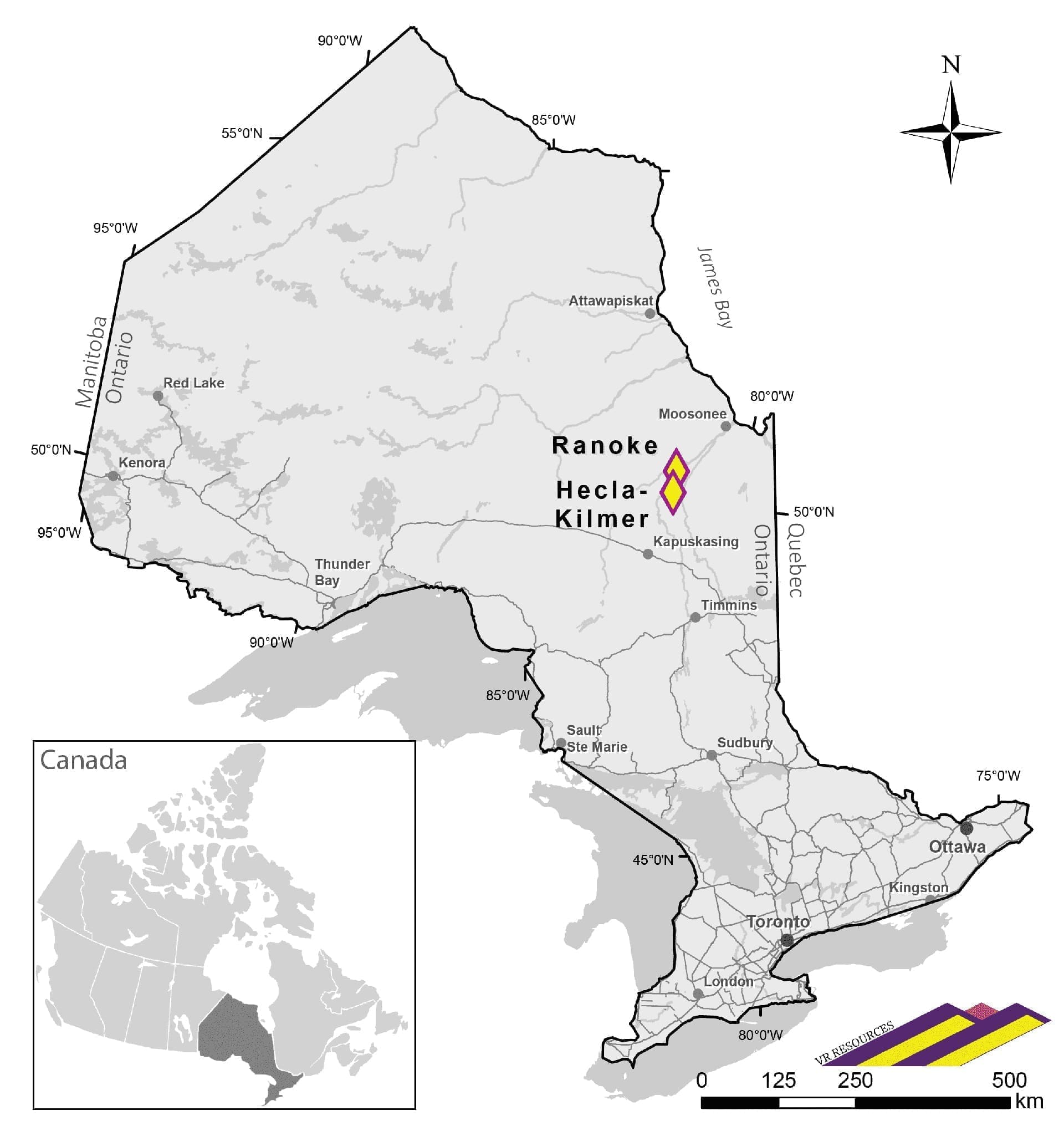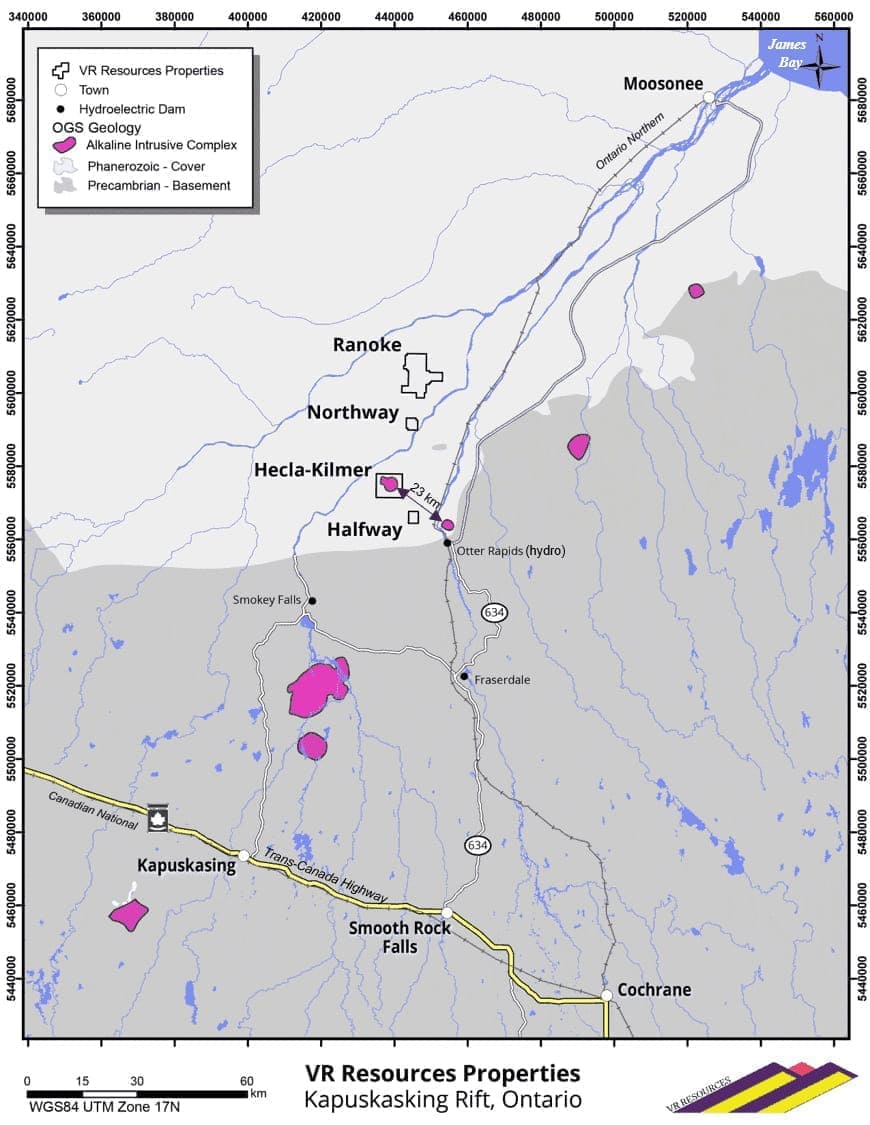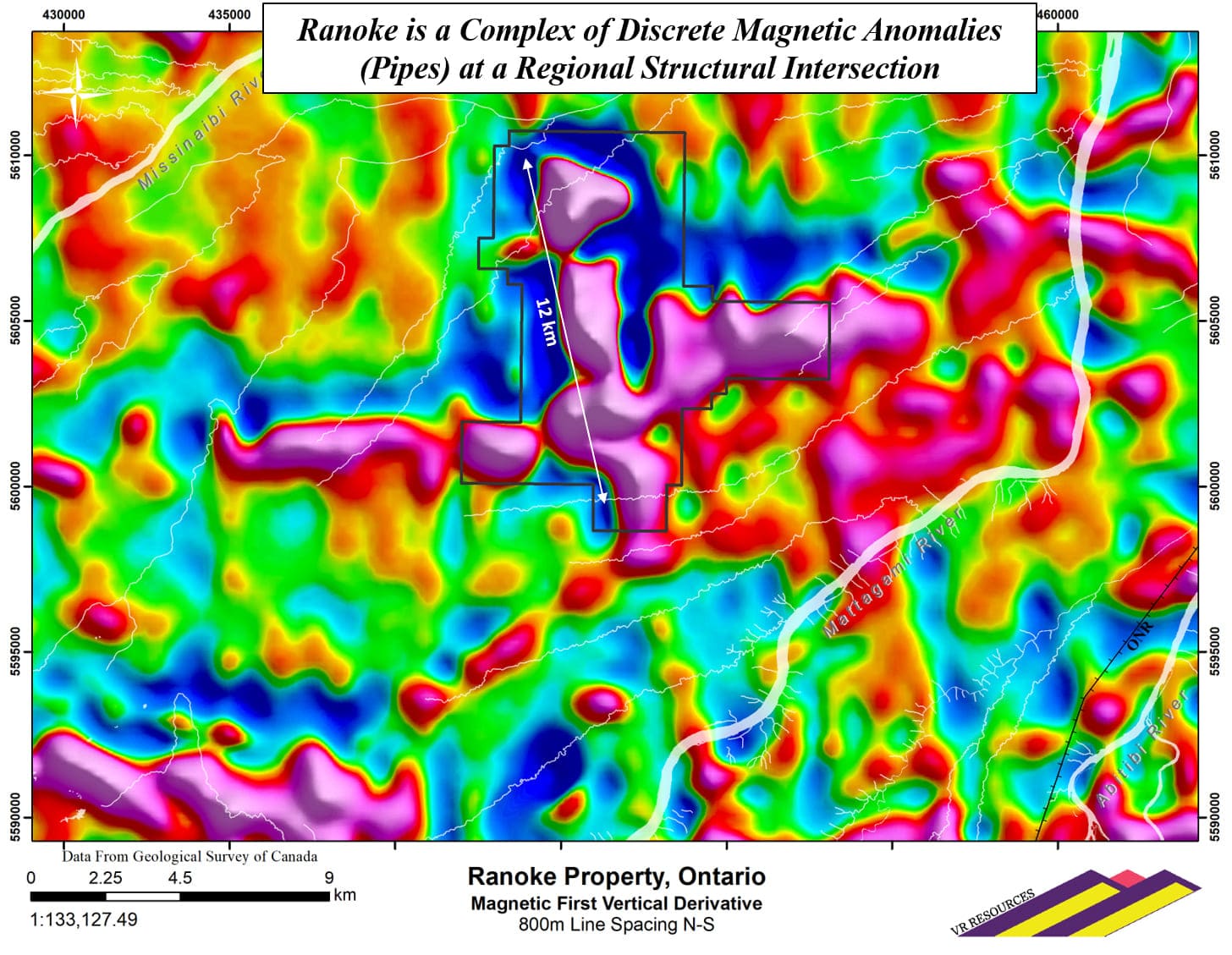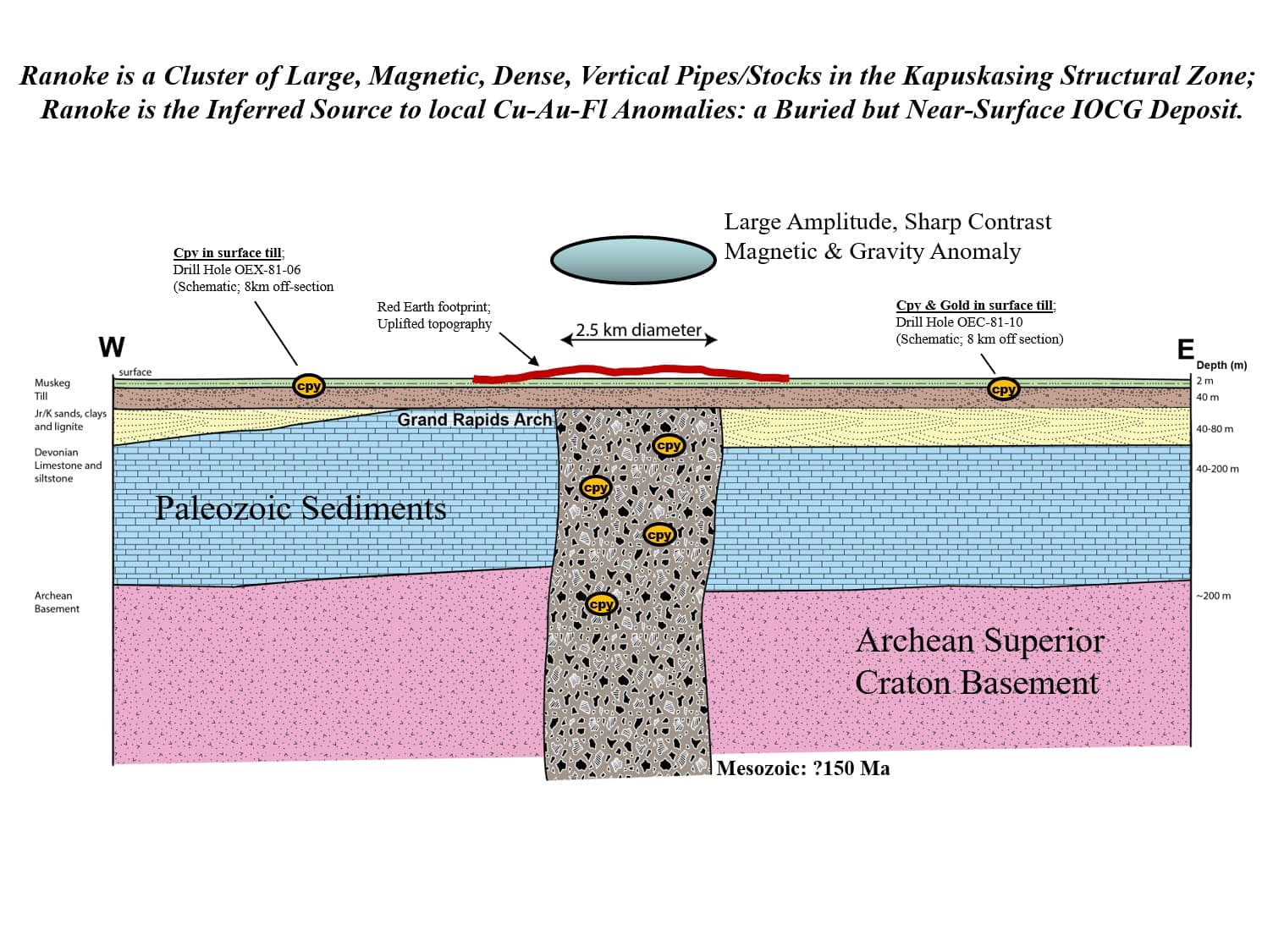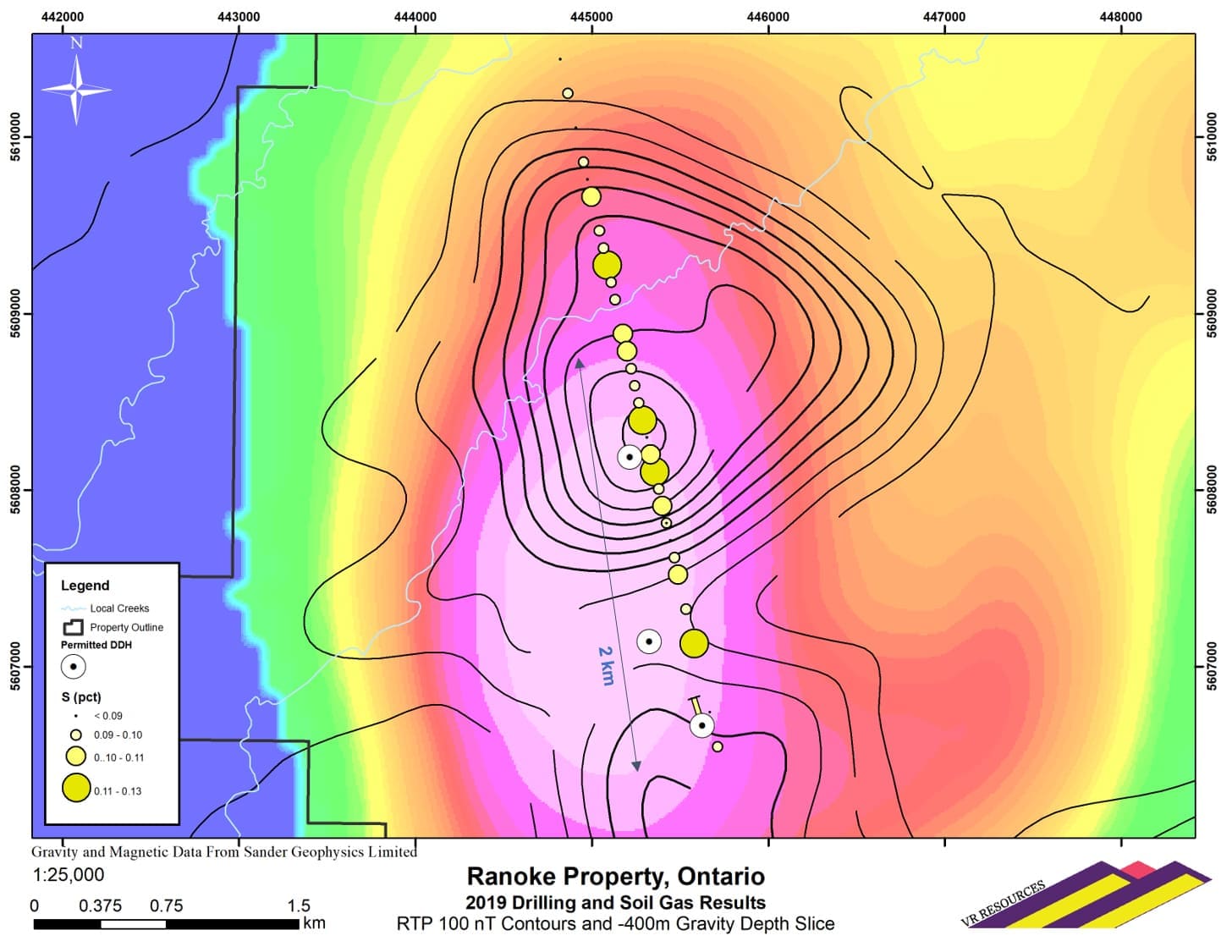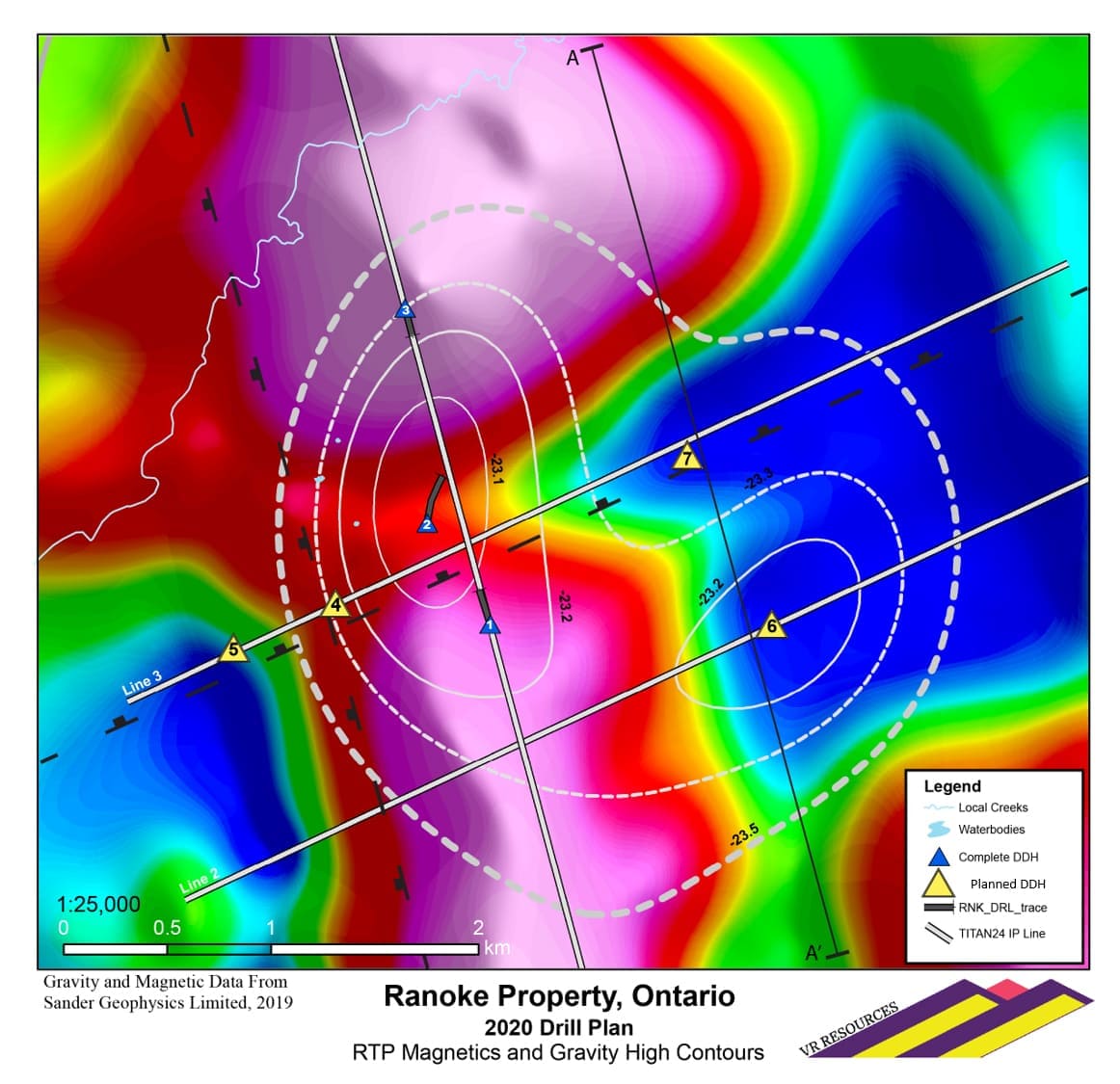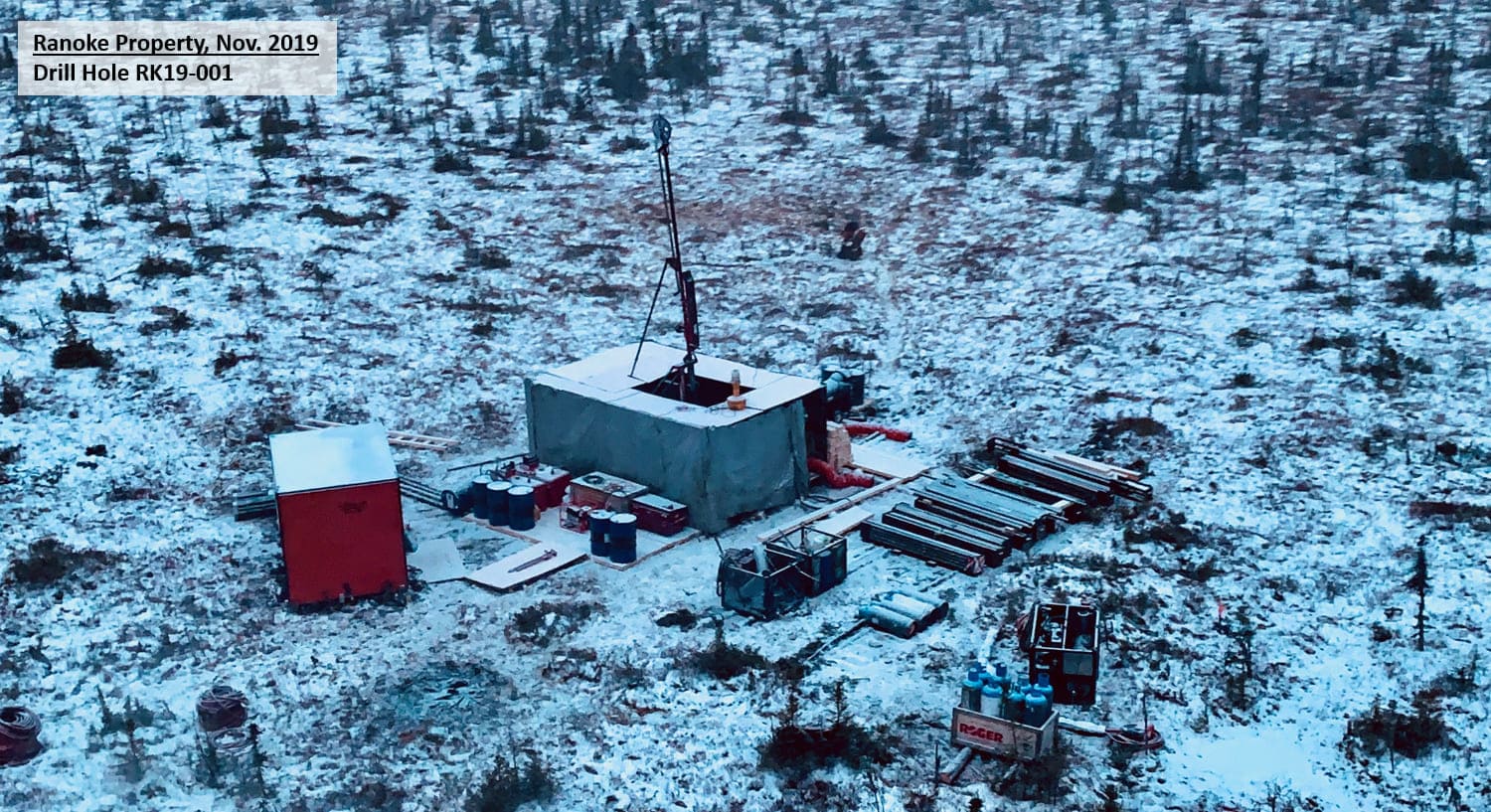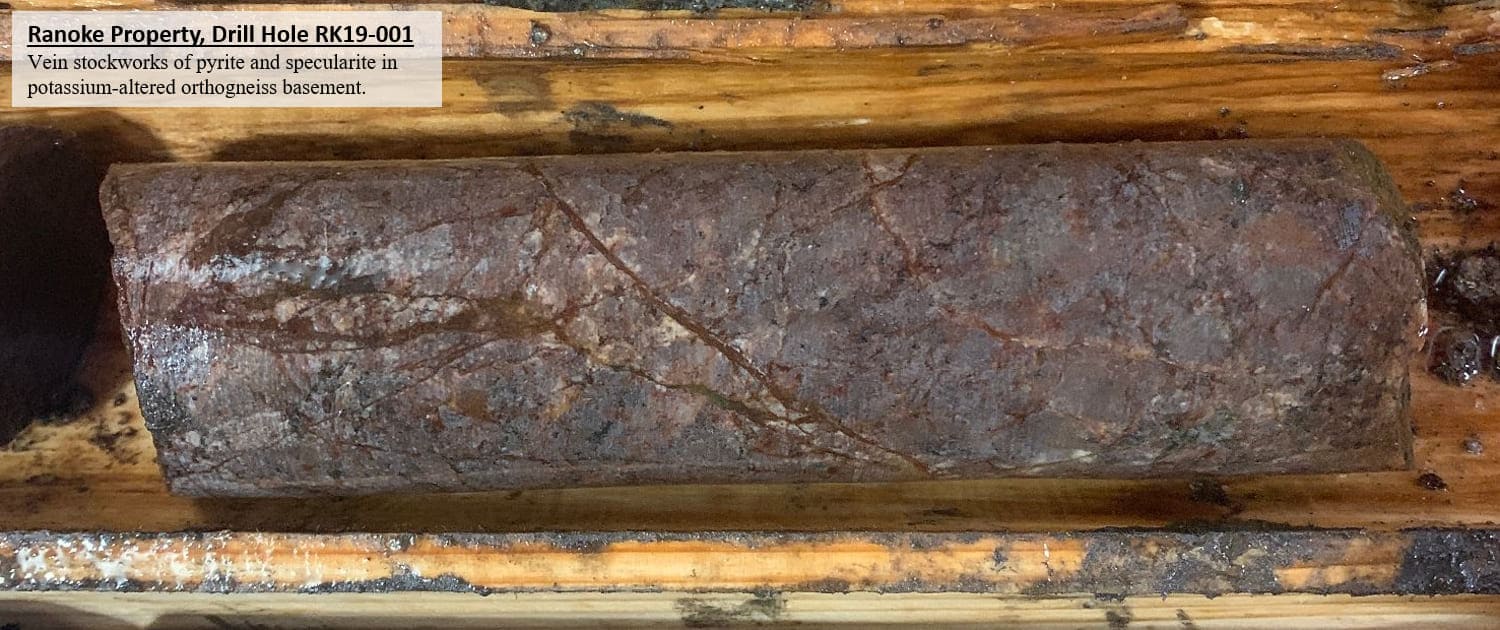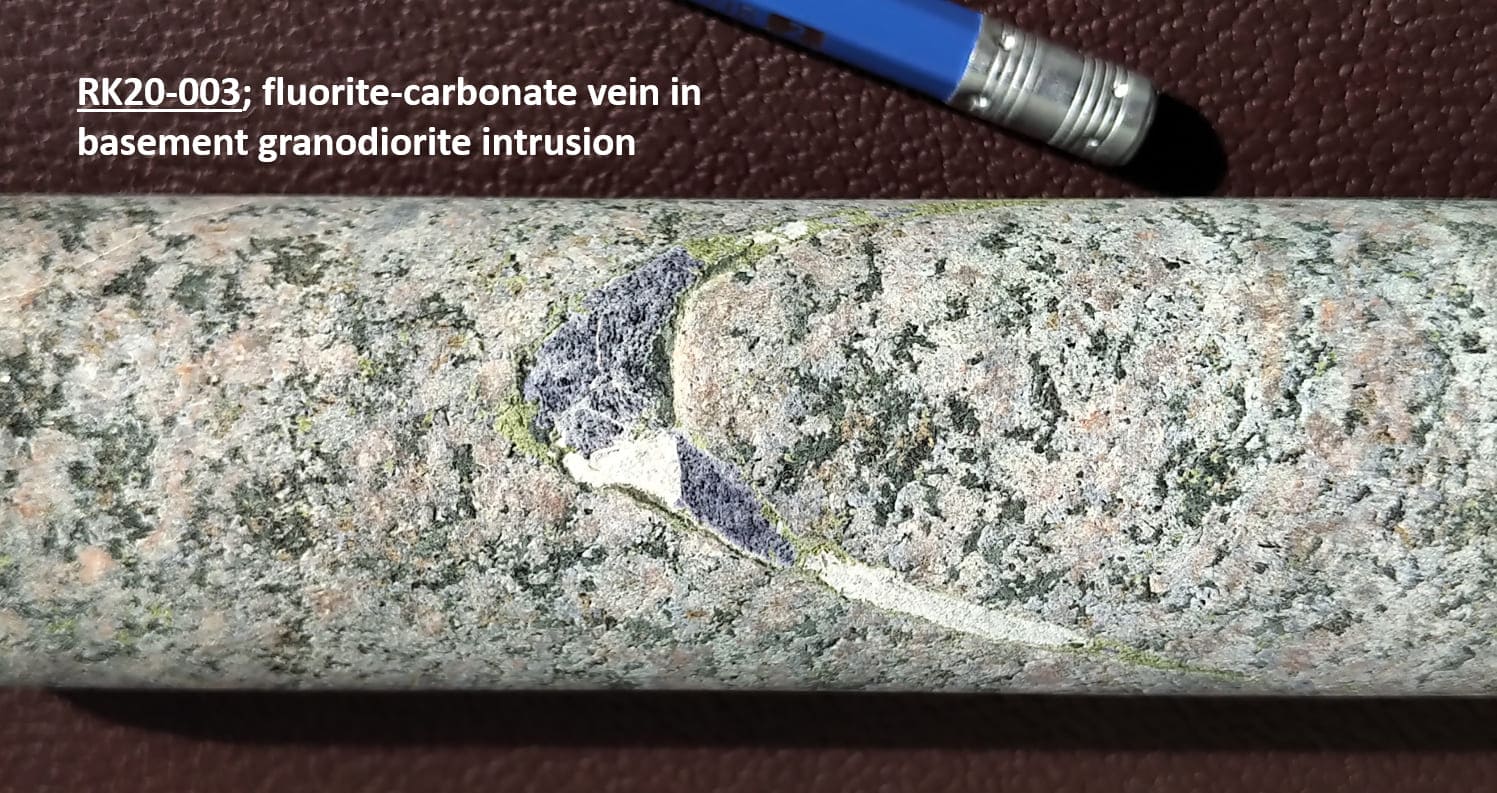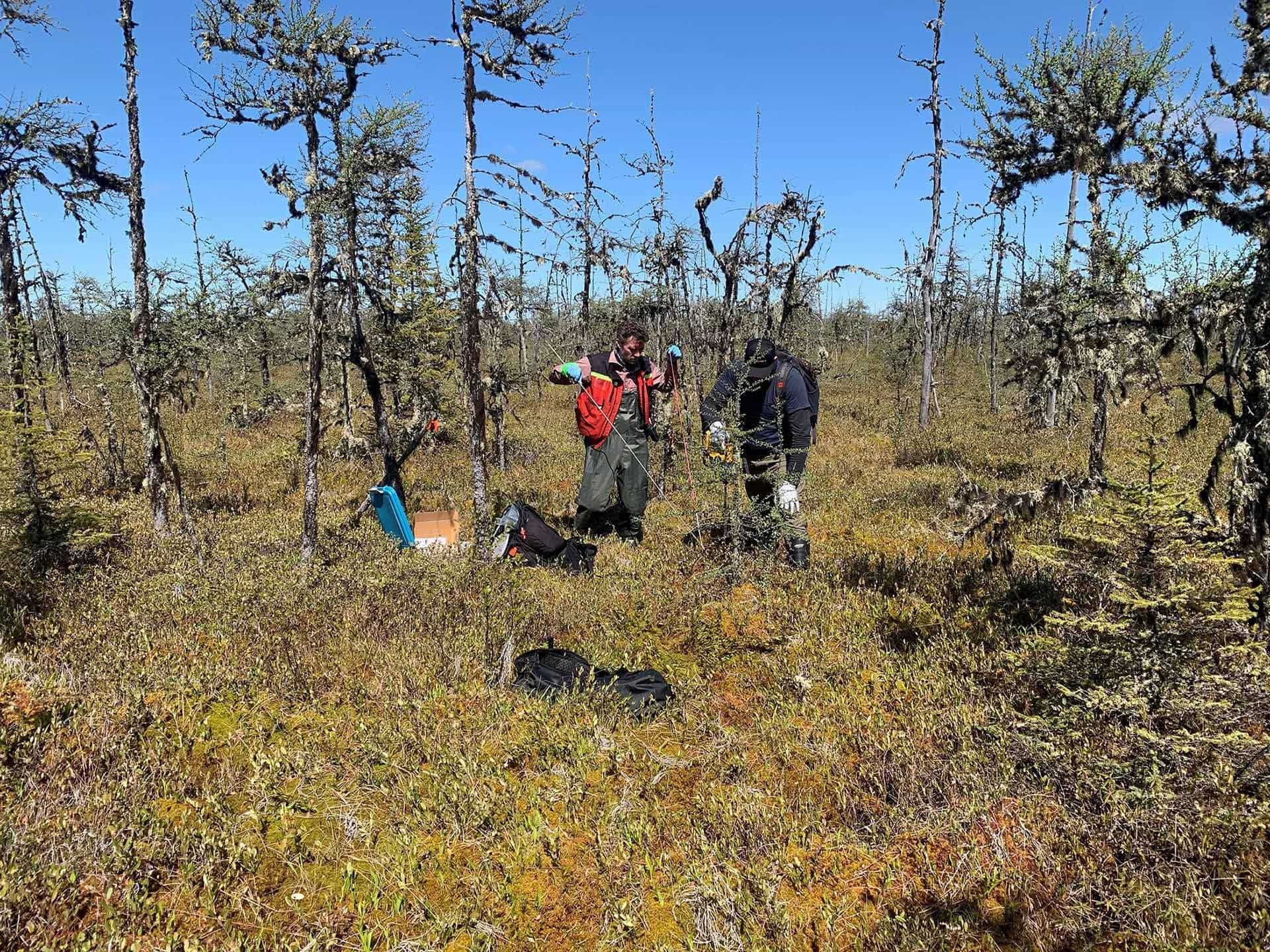The Moose River Basin has a varied,
checkerboard history of mineral
exploration for the past 100
years. Cretaceous coal seams were the focus at the turn of the previous
century, while diamond
exploration has dominated in the region during the past 60 years.
Overall, exploration in the region is
hindered
by the lack of outcrop in
the boggy, lowland terrain,
and by the cover of up to 400 metres of mid-Paleozoic (Devonian) marine
shelf strata and Cretaceous
in-land basinal strata overlying Archean basement. Archean VMS and
Proterozoic orogenic gold
deposits occur in the surrounding sub-provinces of the Superior craton,
but there are no active base
metal or precious metal mines in the Moose River Basin region. The
Attawapiskat diamond mine
(“Victor”) of Debeer’s located well to the north along the Attawapiskat
River has reached the end of
its mine life after more than a decade in production.
The oldest mineral exploration in the
Moose
River region relates to coal,
which is documented as far
back as 1672 when the Abitibi River was part of an important fur trading
route linking Hudson Bay
with the Great Lakes. There are lignite occurrences exposed in the banks
of the Abitibi River north
of Coral Rapids. The coal seams were first studied in detail by the
Geological Survey between 1871
and 1912. They extend westward from the Abitibi River within the
confines a small Cretaceous
successor basin named the Moose River Basin which is less than 50
kilometers in diameter. More than
one hundred shallow drill holes were completed by the Ontario Department
of Mines between 1926 and
1930 to evaluate the resource, leading ultimately to the completion of
two shafts and some 389
metres of interconnecting drifts. Drilling resumed in the early 1950’s
with the completion of an
additional 182 holes. In 1981, the Ontario Energy Corporation re-visited
the potential of the coal
and evaluated lignite stratigraphy farther to the west, in the region
between the Mattagami and
Missinaibi rivers. Hundreds of shallow drill holes were completed on a
lease which exceeded 1
million acres. Drill holes were completed around, but not on, VR’s
current Ranoke copper-gold
property.
Diamonds have been the focus of modern
mineral
exploration in the James
Bay region. Exploration
started in the 1960’s by DeBeers (Monoprose Canada), focused initially
in the Attawapiskat River
region well to the north of the Moose River Basin, and built on the
pioneering regional aeromagnetic
program of the Geological Survey of Canada. Ongoing and extensive
regional till and alluvium heavy
mineral sampling and high-resolution magnetic surveys through the late
1980’s eventually led to the
discovery of numerous kimberlite pipes, including Victor.
The Ranoke property is near the
southeastern
margin of the Paleozoic
Hudson Platform of Devonian
marine strata. The property is within the Moose River Basin, a small,
Cretaceous successor basin
less than 50 kilometres across and located at the southeastern-most
margin of the Paleozoic
platform. Devonian and Cretaceous strata in the Moose River area were
deposited on a gneissic
crystalline basement of metamorphosed sedimentary assemblages and lesser
volcano-plutonic complexes
of the English River sub-Province, in what is believed to be the
thickest part of the Archean
Superior craton.
The Ranoke property occurs on the
western
margin of the Kapuskasing
Structural Zone (KSZ), a
crustal-scale shear zone which bisects the Superior craton in a complex,
northeast-southwest
trending zone of uplifted, high grade metamorphic rocks extending for
more than 500 kilometres
between Lake Superior and James Bay. There is believed to be more than
20 kilometres of vertical
crustal displacement along the KSZ. It is clearly defined by positive
gravity and magnetic domains
on regional-scale geophysical maps.
The KSZ has a long-lived history of
repeated
ultra-basic, alkaline and
carbonatite intrusions and
kimberlite facies diatremes which collectively span more than 1.6
billion years of earth history, to
as young as 125 million years ago. Intrusions in and around Coral Rapids
and along the western
margin of the KSZ where Archean rocks are exposed in major river
drainages such as the Abitibi have
been explored since the early 1960’s, and many have been age-dated.
Selection Trust (later named Selco
Exploration
Company) began alluvial
sampling in the KSZ region in
1962, and were joined by Esso Minerals in 1979. The first composite
kimerlite – lamprophyry dyke was
drilled in 1967, followed by drilling of the Valentine carbonatite
complex in 1969. Between 1979 and
1983, the Selco – Esso partnership completed regional heavy mineral
sampling of till and alluvium
over an area exceeding 100,000 hectares, and an aeromagnetic program
launched in 1980 led to the
identification of numerous post-Paleozoic, pipe-like anomalies, of which
45 were drill-tested; most
were non- copper-bearing, ultra-basic and alkaline intrusions, and four
were kimberlite-facies
diatremes.
The Aquitane Company of Canada Ltd.
completed
airborne and ground
geophysics between 1972 and 1974 to
evaluate the hydro-carbon potential of Paleozoic strata, and twelve
diamond drill holes to test for
base metal, MVT mineralization. A kimberlite west of Coral Rapids and
south of Ranoke was also
detected, delineated and drill-tested during this work. In 1978,
Kerr-Addison Mines complete a
series of reverse circulation drill holes near Coral Rapids to test
exposed basal sandstone at the
eastern edge of the Hudson Platform for uranium. These targets were
re-visited and re-tested in
2006, during the re-surgent uranium exploration sector.
Regional-scale exploration in the KSZ
- Moose
River Basin region waned
after 1983. Various
small-scale airborne magnetic surveys and ground-based EM surveys, and
local alluvium sampling
programs were completed at the property-scale between 1983 and 2006,
with the focus mostly on
previously known, ultra-basic and alkaline intrusions and diatremes
exposed at surface in and around
Coral rapids, but also on limestone for industrial mineral applications.
Lastly, one high resolution airborne
magnetic
survey was completed north
of Ranoke in 2014. The
survey targeted kimberlite anomalies over an area of approximately 1,600
square kilometres.
Sixty years after modern mineral
exploration
arrived in the region, VR is
focused on a specific,
unexplored and untested geophysical anomaly and integrated target for a
post-Archean intrusion or
hydrothermal pipe with copper and gold located in a lowland terrain with
no outcrop and no roads,
and in a geologic domain where the Archean Superior shield is covered by
a thin veneer of Paleozoic
and Mesozoic rocks of the Hudson Platform and Moose River Basin
respectively.
